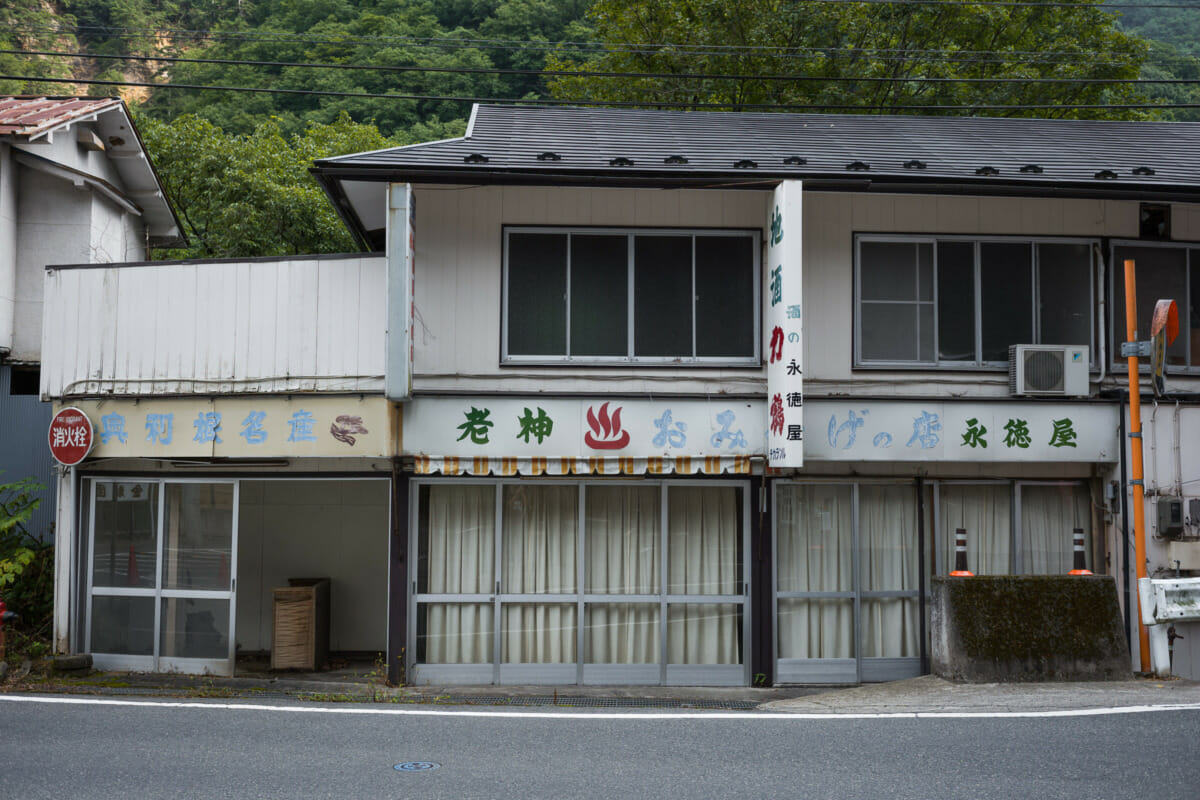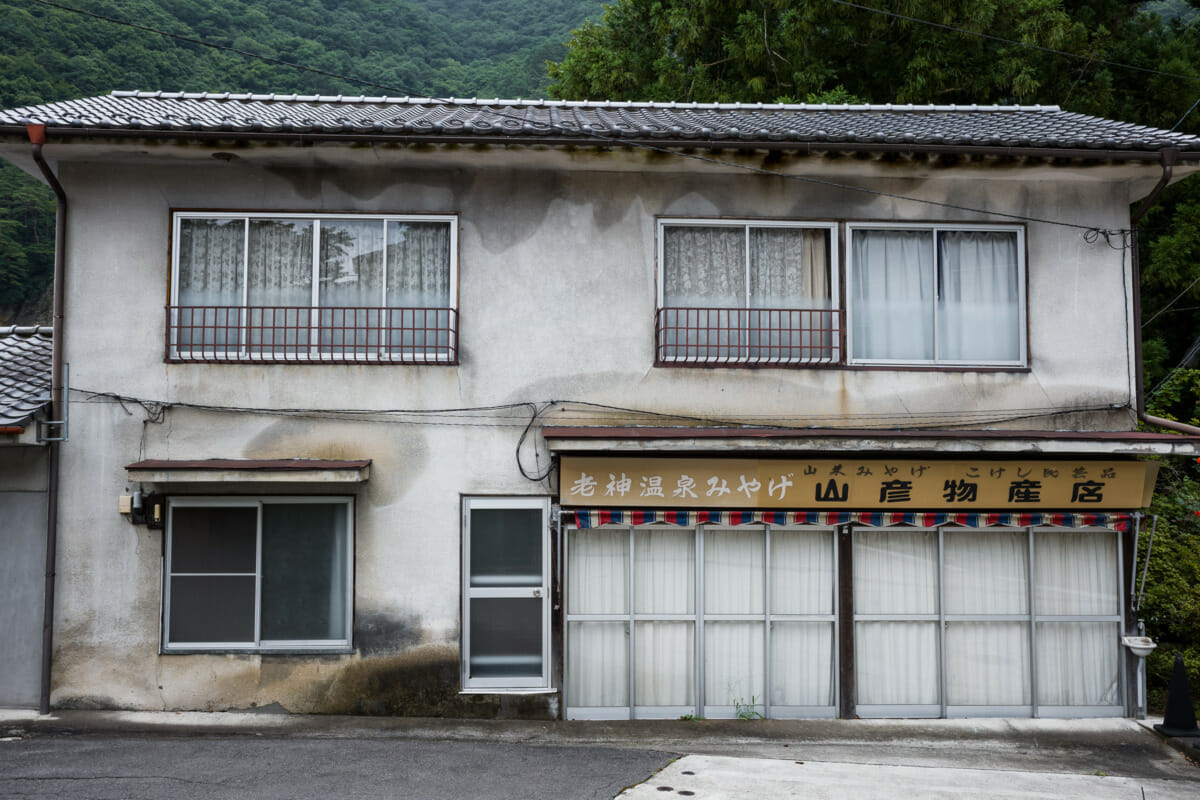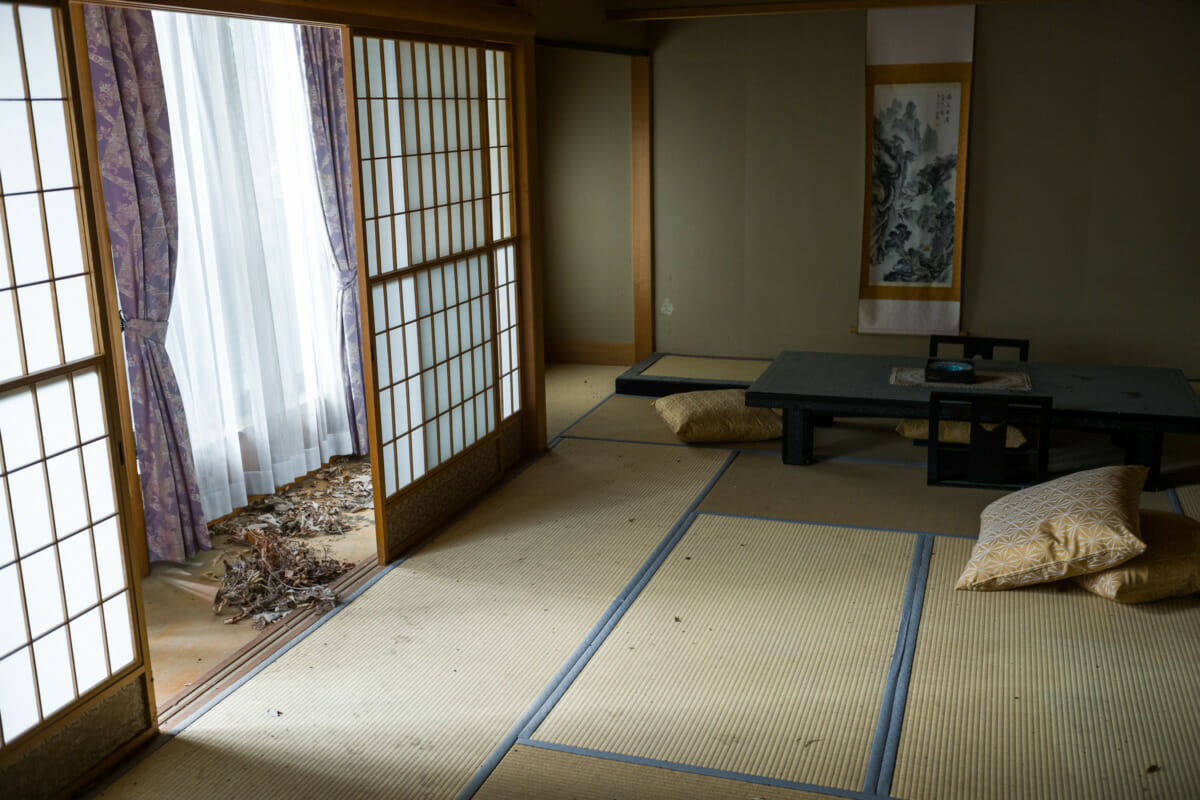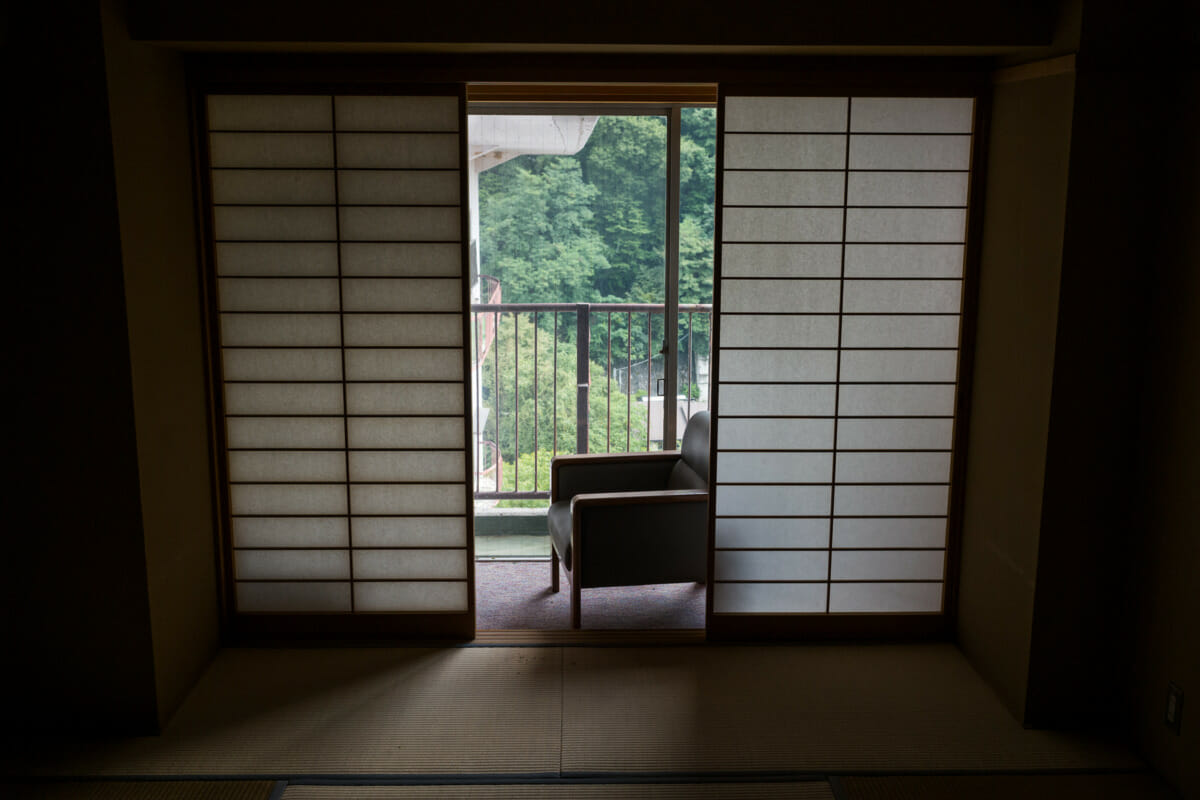This year has seen the tourism industry hit incredibly hard, but for many of Japan’s traditional hot spring resorts, it has been a long slow decline rather than a sudden, completely unexpected collapse. A decades-long battle against closures and falling numbers that many towns will presumably never recover from.
The country’s mass tourism boom of the 1950s and 1960s, followed by the financial free-for-all of the bubble era, saw the construction of more, and generally bigger hotels. An expansion that, perhaps not surprisingly, proved unsustainable due to the double whammy of changing travel trends and economic stagnation.
Of course big, sprawling hotels with their own hot springs, restaurants and entertainment facilities are ideal when they are busy, but when increasingly under capacity, the financial burden must be staggering. And stuck with so many rooms to maintain, and over time slowly modernise, a lot of hotels seem to have simply limped on without any real attempts at renovation, making their eventual demise all the more inevitable. Closures that then affect the likes of local eateries and souvenir shops, causing further decline and increasingly visible neglect. A vicious, and incredibly cruel circle that has hit numerous tourist areas in Japan, just like this now terribly quiet old resort town.
And these are some of the rooms in one of the resort’s abandoned hotels. A structure that seems to be the biggest of those that have succumbed to insolvency, and one that’s surprisingly still quite modern. Rooms that take the quietness of the streets below to a whole new level, as they seem to silently preserve the long lost conversations of those who once stayed in them.

















Mike says
Cool. And sad at the same time. (Love your photos, BTW!)
Lee says
Thank you, that’s really good to hear.
Yeah, these places are always fascinating to walk round and explore, but there’s definitely a real sense of sadness about them.
ellen says
What a sad story but the hotel photos are full of atmosphere. Thanks for sharing these.
Lee says
You are very welcome. And thanks, good to hear that comes through in the photos. It’s amazing what a difference a few chairs and tables can make to abandoned rooms like these.
Stephan says
Awesome series. I really like the contrast between the bright streets and the dark rooms. Very cool!
Lee says
Cheers! It certainly felt different in the hotel, although I must admit it wasn’t planned that way in regards the photos. Just the way they came out with the light that was available.
cdilla says
Another great set of photographs catching the slow transition into decay.
It is slow too. On street view the buildings (exteriors) have barely changed in 8 years. The only thing I could find different was the removal of a payphone outside the souvenir shop.
Looking around the area it doesn’t immediately present itself as a touristy place in the same way that a seaside place like Atami does and which in places is suffering similar decay (https://tinyurl.com/y37qgzv3) but which is making some strides in recovery recently (well, according to the NHK documentary about it I saw a while back).
The abandonment of big hotels and the like present their own problem with the eyesores they leave behind.
That aspect compares interestingly with Manazuru which adopted a strict building code to effectively stop unsightly tourist exploitation of the bubble era, and, unknowingly at the time, the ugly after effects of the subsequent collapse.
As ever, your photographs spark much thought – and far too many words from me 🙂
Lee says
Thank you.
Yeah, a lot of the places have clearly been shut for a long time. The fella outside the souvenir shop said it had been a family business for going on 100 years. Sadly it won’t be doing that many more.
Atami is well worth a visit. The city nearly went bankrupt if I remember correctly, but they do seem to have turned it round. That said, it does have a lot of rundown spots. A real mixture of the old and new. Just goes to show though that famous, easily accessible resorts like Atami have it hard, so the smaller places are really up against it.
Didn’t know that about Manazaru. Very interesting. Just shows what can be done with a bit of forward planning.
Glad to hear it, and not too many words at all!
Arley says
Amazing. Cleaner then most houses.
Lee says
Haha, those rooms definitely were. It was a real mixture. Terrible water damage in some rooms, and unbelievable amounts of damp in some of those that don’t get any light. Then those like the ones above that look untouched by time
Paul Hédouin says
Love the particular atmosphere here.
I was surprised by seeing tatami in the collective bathroom. Are them some kind of waterproof tatami ?
Regards,
Paul
Lee says
Thank you. It was a fascinating place to explore and photograph.
I know eh? We were similarly taken aback. Never seen that before. Don’t know whether it was waterproof or not to be honest, although I can’t imagine how it could be. Didn’t really look any different from normal tatami either. But despite standing there untouched and uncleaned for a decade, it wasn’t mouldy or smelly at all. That was even more surprising considering dampness was a problem in many of the rooms.
Paul says
I asked a japanese friend of mine about it and she wasn’t surprised at all. In some hotels, they put tatamis on the floor of bathrooms.
She told me that they just change them when to old or wet.
Lee says
Ah, interesting. Clearly not as unusual as we thought then. I’d like to try it now, just to see how novel having a shower while stood on tatami would be.
Also, providing these weren’t changed shortly before the hotel closed, they stood up to the soakings incredibly well.